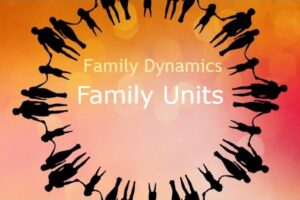The Lingam Singing Bowl is one of the 10 Types of Singing Bowls. Lingam, often referred to as Lingham, is a significant symbol in Hinduism that represents the male principle and is frequently associated with the deity Shiva. In the context of religious iconography and artifacts, the Lingam is easily identifiable by its conical shape protruding from the center of a basin. This conical form is not merely symbolic but also has a corresponding navel-like impression on the flat underside of the basin when it is turned over, which imbues the object with a dual aspect of creation and dissolution, essential themes in Hindu cosmology.

Lingam bowls, which are crafted to house this sacred symbol, are typically known for their exquisite craftsmanship. These bowls are often forged with meticulous care to ensure even walls and a smooth surface finish, reflecting the reverence with which the Lingam is treated. The aesthetic and structural integrity of the bowls are paramount, as they serve not only a ritualistic purpose but also an artistic one, showcasing the skill and devotion of the artisans who create them.
One of the distinctive features of Lingam bowls is the large triangulated and grooved inward-facing lip. This design element is not just decorative but also functional, possibly aiding in the ritualistic pouring of offerings or the symbolic representation of the divine feminine principle that complements the Lingam. The harmonious integration of form and function in these bowls makes them a profound expression of Hindu spirituality, embodying the divine union of male and female principles, creation, and the cyclical nature of the universe.



